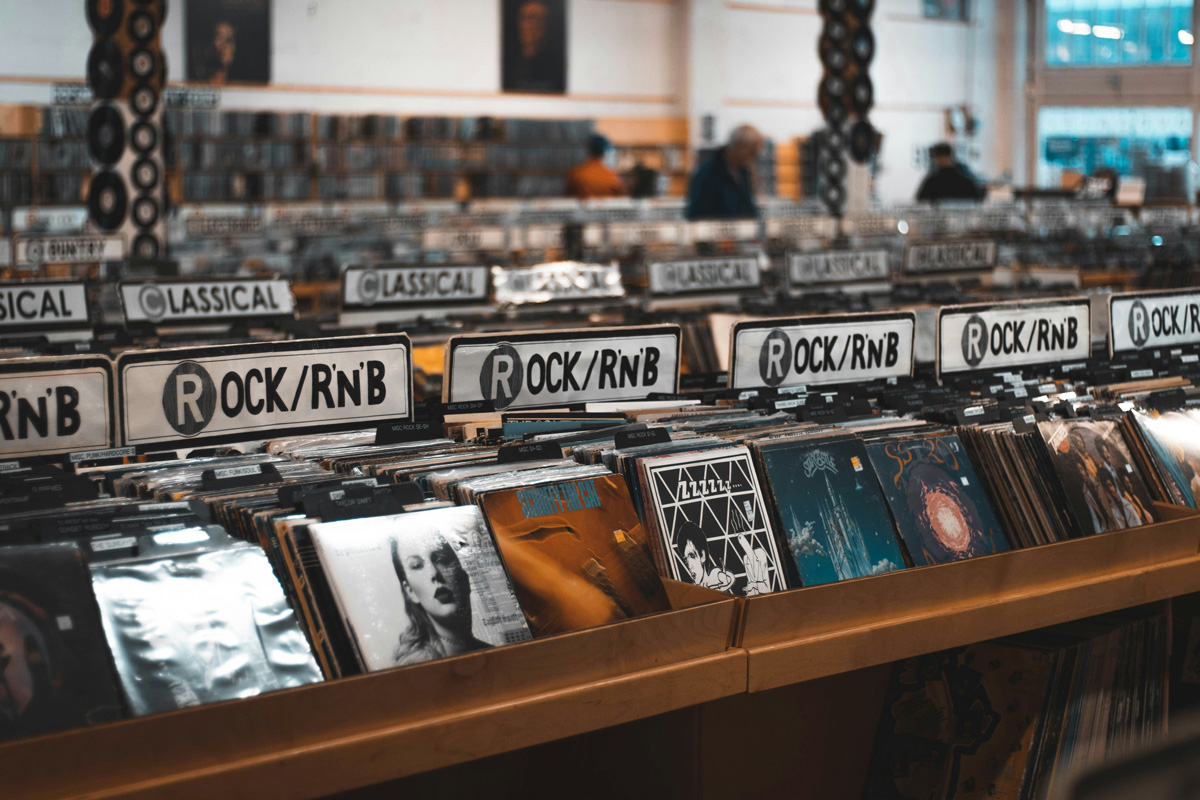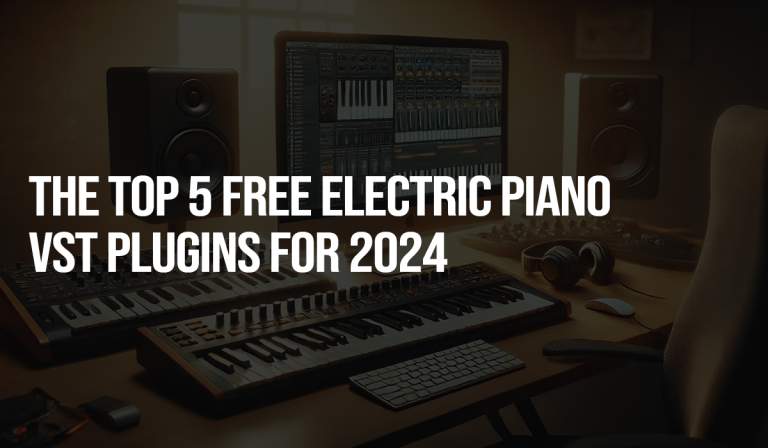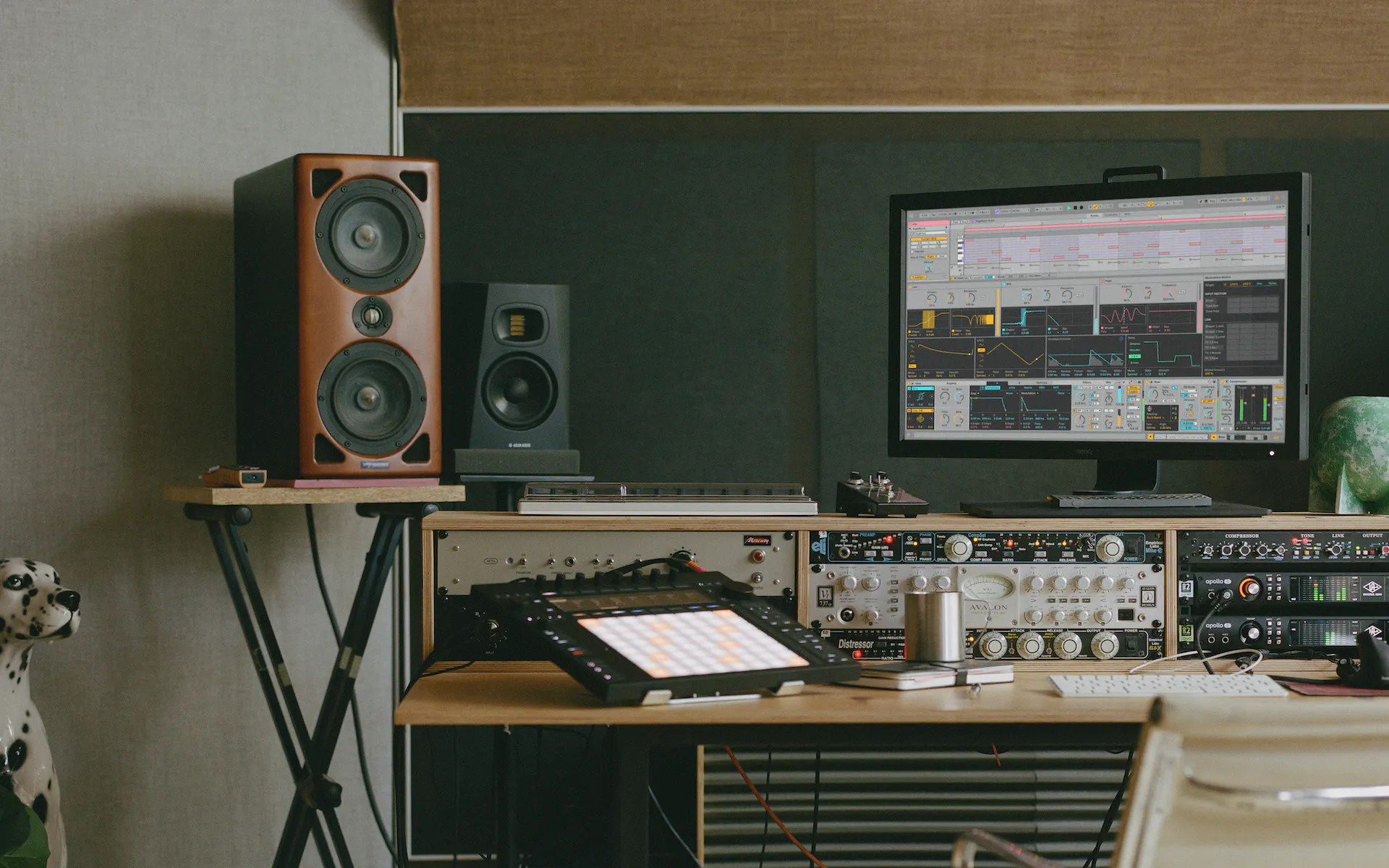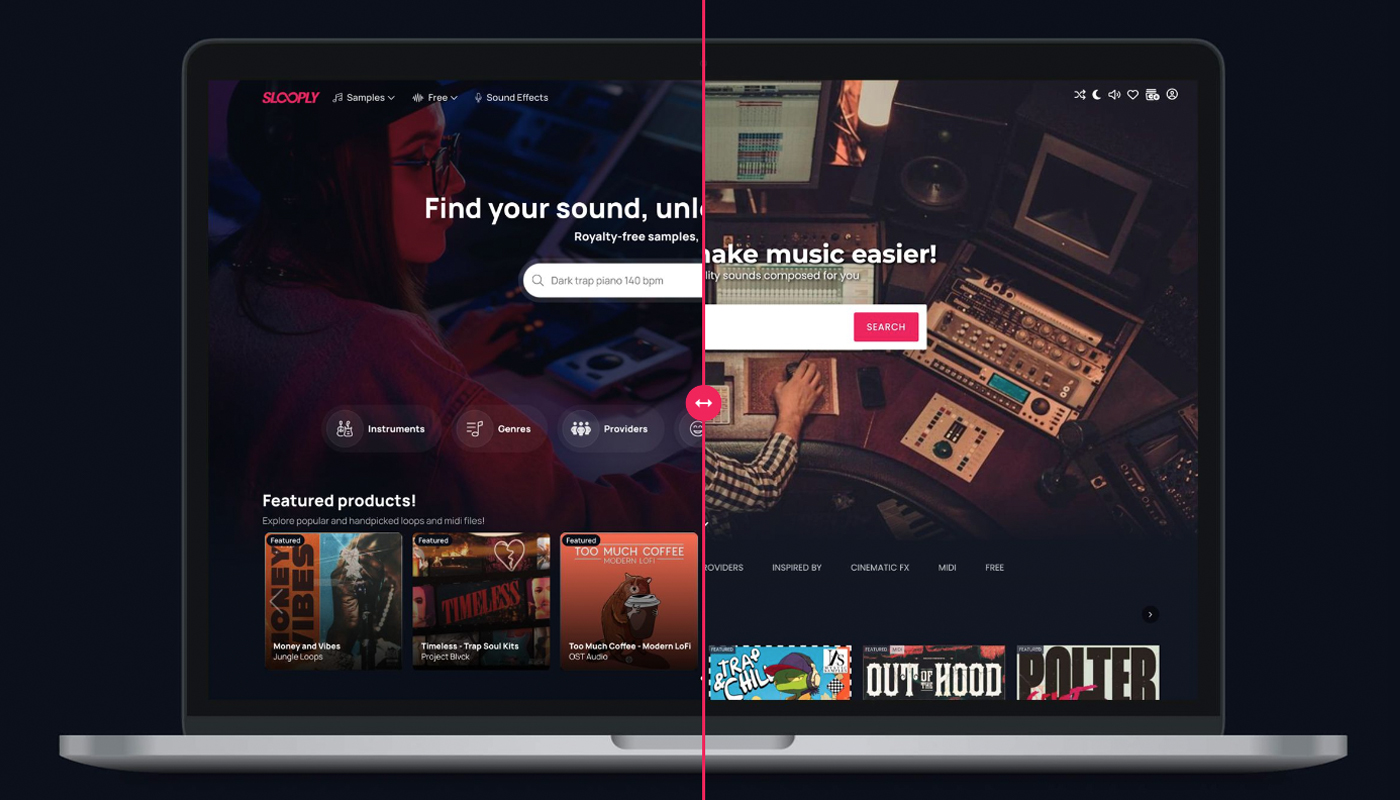Table of contents:
The music market has undergone significant evolution in the past decade, yet certain elements remain unchanged, such as the categorization of releases into long plays (LPs), singles, and EPs.
The shift from physical formats to digital ones through platforms like iTunes, the rise of streaming services, and a resurgence of vinyl records are among the most notable changes in recent years. Social media has also allowed artists to connect more closely with fans, and advancements in media and technology have made it easier and faster for individuals to become musicians.
Changes in Music Consumption
The way people consume music has changed, moving away from listening to albums from start to finish to favoring individual tracks. This trend was influenced by iTunes, which allowed users to buy and collect individual songs on their devices. Streaming services like YouTube and Spotify have reinforced this trend, enabling users to loop single tracks and create personalized playlists. Personally, I still prefer listening to entire albums, believing that they convey a coherent narrative.
Common Music Formats
When consuming music, you might encounter terms like “long play,” “album,” “EP,” and “single.” While these are not the only formats (there are also compilations, soundtracks, remixes, and split albums), they are the most common. The problem is that there is no universally accepted definition of which album belongs to which category, and everything operates more on assumed tradition. For instance, I once believed a long play was any album with a total runtime of over 30 minutes, which isn’t necessarily true.
Long Play (LP)
A long play, or LP, refers to a full-length album. Historically, when vinyl records were the most popular medium, an LP had to fit within the time constraints of the vinyl format—typically up to 35 minutes on a 10-inch record and 45 minutes on a 12-inch record. With the advent of cassettes, CDs, and digital formats, these constraints no longer apply. Nowadays, there are no strict rules on the duration or the number of tracks an LP must have. Some consider an LP to start from eight tracks, but this is not a hard and fast rule, as some albums with fewer tracks can still exceed an hour in length.
Extended Play (EP)
An EP, or Extended Play, contains more music than a single but is shorter than an LP. This format is prevalent in the electronic music world but is used by many artists across genres. An EP usually features a collection of tracks that are too few to constitute a full album. Some artists, particularly in techno, release new EPs frequently rather than waiting to compile a full LP. The term “Extended Play” originates from the vinyl era when such records typically contained three or four tracks and ran longer than 12 minutes. The term “mini-LP” is less common now, often replaced by “EP.”
Single
A single generally includes three or four tracks, with one being the main song, often supplemented by additional material known as B-sides. These can be remixes, acoustic versions, live recordings, or previously unreleased tracks. Singles play a significant role in the music industry, especially in pop, rock, and hip-hop, where they often come with music videos and serve as previews for upcoming albums. Singles have their own charts and are a crucial part of music promotion.
Flexibility in Definitions
There are no fixed rules dictating the formats. For example, a single might include one main track, five remixes, and five new tracks, fitting the definition of a single but resembling an LP in length. The traditional categorizations are more flexible today, influenced by the legacy of physical formats and their limitations. In the age of streaming services, artist-curated playlists, and DJ sets on platforms like SoundCloud, these distinctions are becoming increasingly less significant.











